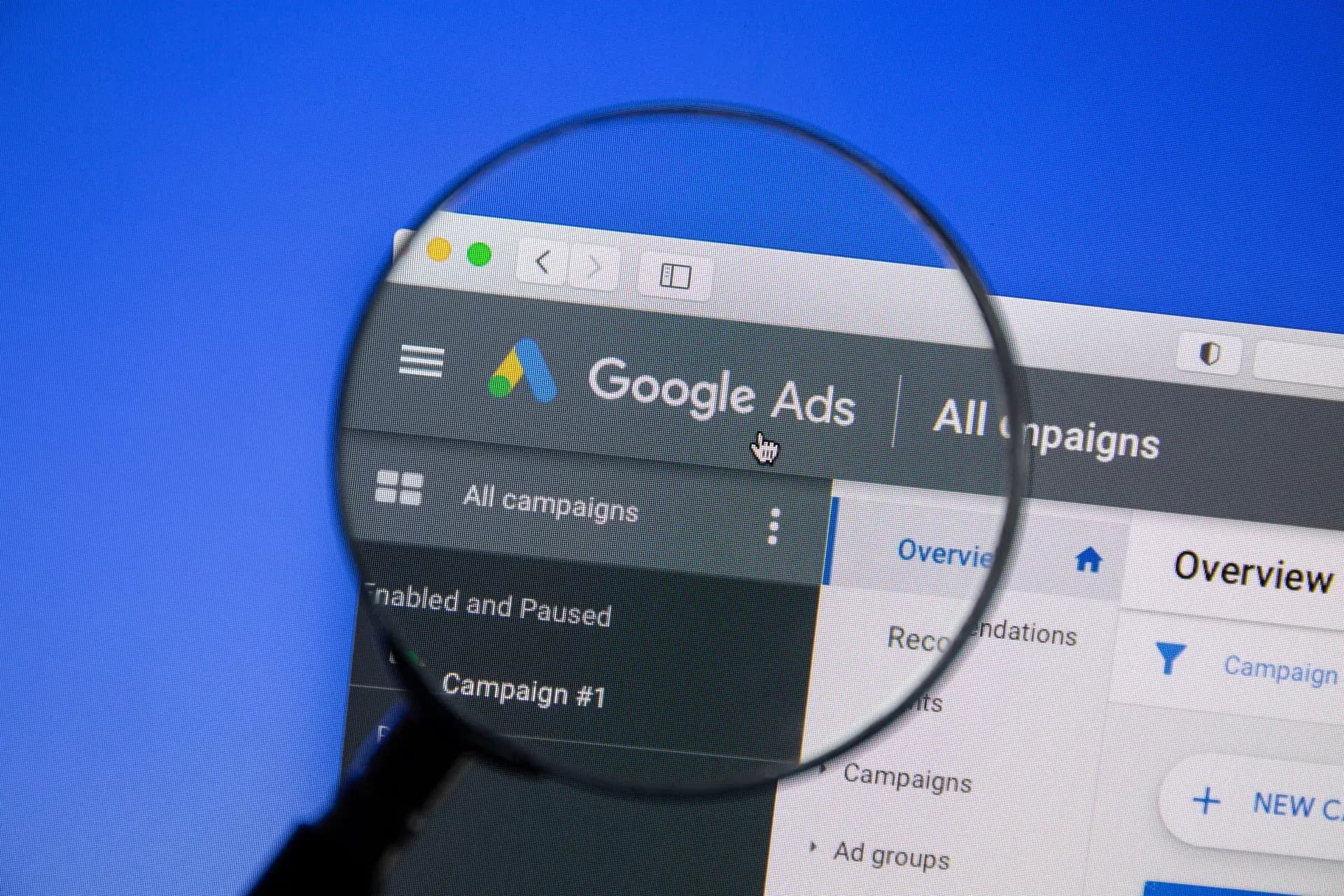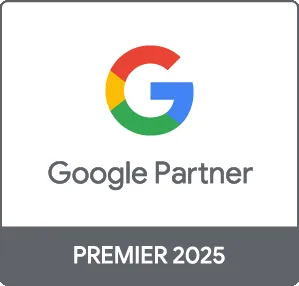PPC (Pay-Per-Click) advertising is an essential component of digital marketing that allows businesses to drive targeted traffic to their websites quickly. However, creating effective PPC ads requires strategic planning and execution. In this guide, we'll explore proven strategies to enhance your PPC campaigns, optimize ad performance, and achieve better ROI. Whether you're a marketer or a business owner, these insights will help you maximize your PPC advertising efforts.
Understanding the Basics of PPC Advertising
PPC advertising involves bidding on keywords to have your ads displayed on search engine results pages (SERPs) or across various platforms. Advertisers only pay when someone clicks on their ad, making it a cost-effective marketing option when done correctly. Key platforms for PPC advertising include Google Ads, Bing Ads, and social media networks like Facebook and Instagram.
1. Conduct Thorough Keyword Research
Effective PPC ads begin with comprehensive keyword research. Here’s how to get started:
- Identify Relevant Keywords: Use tools like Google Keyword Planner or SEMrush to find keywords that your target audience is searching for.
- Focus on Long-Tail Keywords: Long-tail keywords often have lower competition and higher conversion rates compared to broad keywords.
- Analyze Competitor Keywords: Study the keywords your competitors are targeting to identify gaps or opportunities.
2. Craft Compelling Ad Copy
Your ad copy is crucial for attracting clicks and generating conversions. To create effective ad copy:
- Use Clear Language: Ensure your messages are simple and easy to understand.
- Highlight Benefits: Focus on what makes your product or service unique and how it solves the user’s problem.
- Include a Call-to-Action (CTA): Encourage users to take the desired action, whether it’s visiting your website, signing up, or making a purchase.
3. Optimize Your Landing Pages
The effectiveness of PPC ads often depends on the quality of your landing pages. Ensure they are optimized by:
- Relevance: The content on your landing page should match the ad's promise.
- Speed: Fast-loading landing pages reduce bounce rates and improve user experience.
- Mobile-Friendliness: Ensure your landing pages are optimized for mobile devices, as a significant portion of users browse via smartphones.
4. Monitor and Adjust Your Campaigns
Once your PPC campaigns are live, continually monitor their performance and make adjustments as needed:
- Track Key Metrics: Monitor metrics such as CTR (Click-Through Rate), CPC (Cost Per Click), and conversion rates to assess ad performance.
- A/B Testing: Experiment with different ad copies, images, and targeting options to find what resonates best with your audience.
- Refine Targeting: Use demographic targeting and audience insights to improve the relevance of your ads.
5. Utilize Remarketing Strategies
Remarketing allows you to reconnect with users who have previously interacted with your website but did not convert. To implement effective remarketing:
- Create Custom Audiences: Use audience segmentation to tailor ads for different user behaviors.
- Offer Incentives: Encourage previous visitors to return with special offers or promotions.
- Frequency Capping: Limit ad exposure to avoid overwhelming potential customers.
Conclusion
Creating effective PPC ads is not just about spending money on keywords; it’s about developing a strategic approach that encompasses thorough research, compelling ad content, optimized landing pages, and ongoing campaign management. By applying these strategies, you can significantly improve your PPC advertising results, driving more traffic and conversions to your business. For expert help in managing your PPC campaigns, reach out to Prebo Digital today!





